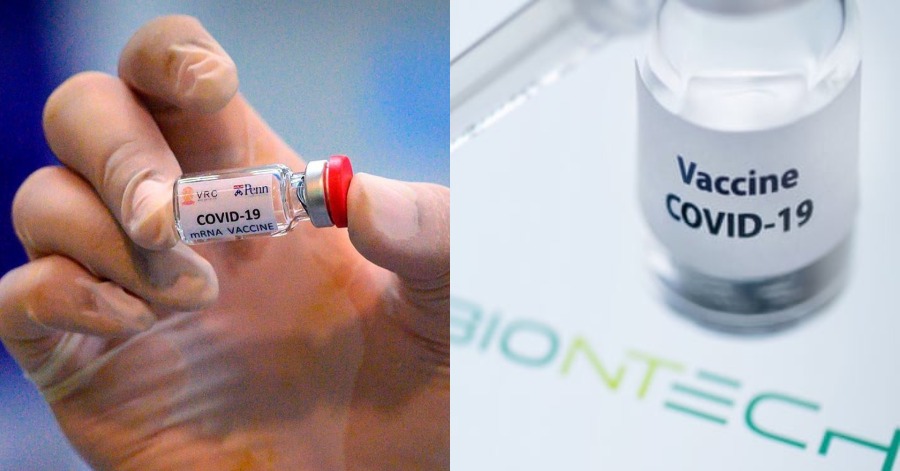The goal of business is definitely to make a profit and that is not something that is wrong.
However, due to the large numbers of products, production activities involving many shopkeepers and traders this will cause fierce competition between them-resulting in some manufacturers having to use tricks to ensure their business continues to make a profit.
Hidden tactics and can also be said to be cunning, in fact, it has been practiced since time immemorial only most likely we as consumers do not realize it. Here are 5 business tactics in maximizing profits made secretly.
1.’Waste’ design in their product
Do you think of the importance of the size of the beverage in a restaurant? The larger suction size will cause customers to drink faster, so many customers will have to order a second drink. This trick is a very popular practice in restaurants and is a common tactic we hear.
But did you know that almost similar tactics are also used by manufacturers of medical products such as eye moisturizer? The dropper bottle is alleged to have been deliberately designed so that the moisturizing droplets in excess of the dosage should be removed, causing the number of eye droplets of the bottle to run out faster.
2. Reduce volume or content naturally
Are you aware of how small the size of the drinking water in the box that is on sale now, is very different from before? The usual capacity of a box of drinking water was 250 ml but now it is easier to find box water with a size of 200ml and 125 ml. The price is also higher.
This tactic is very common among manufacturers of any product. Products such as laundry soap that used to be sold in a capacity of 5 liters are now reduced to 3.8 liters at the same price, for example.
Tissue manufacturers are also found to reduce the dimensional size of each sheet of tissue. Also, for the rolled tissue, the cardboard used to roll the tissue is made larger so that its physical size looks similar, but the amount of tissue that can be used is actually reduced.
3. The prices remain the same, but the amount a not same as before.
4. Packaging tricks of the same size for smaller or smaller products.
5. Remove smaller product series.
Sources: ProPublica, latimes,









Leave a Comment